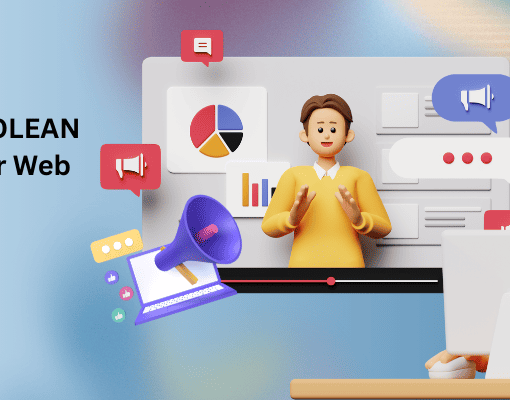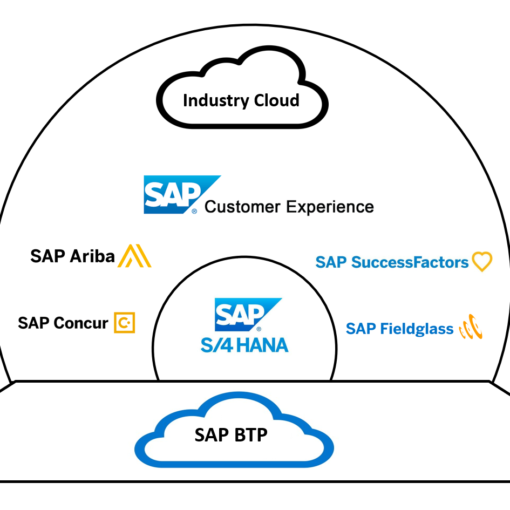
In the ever-shifting landscape of technology and life itself, adaptation reigns supreme. We witness it in nature’s resilient evolution, the nimble reflexes of athletes, and the constant learning that shapes our very beings. But when it comes to the technical realm, a fascinating concept emerges: the adaptive process. This enigmatic term can spark confusion, leaving us wondering: what exactly is an adaptive process, and how does it impact our world?
Fear not, intrepid explorers! This in-depth blog delves into the murky waters of adaptation, shedding light on its diverse forms, unveiling its applications, and equipping you with the knowledge to navigate its complexities. Whether you’re a tech aficionado, a curious learner, or someone simply intrigued by the world around you, this voyage promises to be both enlightening and empowering.
Unveiling the Enigma: Defining the Adaptive Process
Before we embark on our journey, let’s establish a clear map:
- Adaptive process: A broad term encompassing various mechanisms that allow systems, algorithms, or even entities to adjust their behavior in response to changing conditions or input. Think of it as a chameleon seamlessly changing its colors to blend into its surroundings, ensuring survival and success.
The Spectrum of Adaptation: A Kaleidoscope of Possibilities
The beauty of the adaptive process lies in its versatility. It manifests in countless forms, each shaping our world in unique ways:
- Machine learning: Algorithms learn from data patterns, adapting their predictions and decisions as new information emerges. Imagine AI opponents in video games constantly adjusting their strategies based on your playing style, making the experience dynamic and challenging.
- Process optimization: Business processes dynamically adapt to evolving circumstances, reallocating resources and adjusting workflows to maintain efficiency and achieve goals. Think of traffic lights changing timing based on real-time traffic flow, optimizing the flow of vehicles and minimizing congestion.
- Biological evolution: Living organisms adapt to environmental changes through natural selection, passing on beneficial traits to future generations. Imagine polar bears developing thicker fur and smaller ears to survive the harsh Arctic climate, ensuring their continued existence.
- Social and cultural adaptation: Societies and cultures evolve over time, adopting new customs and values in response to external pressures and internal dynamics. Think of ancient civilizations adapting their farming practices to cope with droughts, ensuring food security and societal stability.
The Power of Adaptation: Reaping the Rewards of Change
So, why is the adaptive process so crucial? Its benefits are manifold:
- Enhanced Efficiency: By dynamically adjusting to changing conditions, adaptive systems optimize resource allocation and achieve improved performance. Imagine factories automatically adjusting production schedules based on real-time demand, minimizing waste and maximizing output.
- Increased Resiliency: Systems become more robust and resilient to unforeseen challenges by adapting their behavior. Think of self-driving cars adjusting their routes to avoid unexpected obstacles, minimizing accidents and ensuring passenger safety.
- Continuous Improvement: Through constant learning and adaptation, systems evolve and improve over time, unlocking new capabilities and exceeding initial expectations. Imagine language models like me continuously learning from user interactions, refining my responses and becoming more fluent with each conversation.
- Sustainability: Adaptive processes can play a crucial role in addressing environmental challenges. Imagine smart grids adapting energy consumption based on renewable energy availability, optimizing resource utilization and reducing carbon footprint.
Navigating the Challenges: Charting a Course Through the Rapids
While the adaptive process offers immense potential, navigating its complexities isn’t without its challenges:
- Complexity and Unpredictability: Adaptive systems can be intricate and non-linear, making their behavior difficult to predict and control. Imagine training a complex AI model that suddenly starts generating unexpected outputs, requiring careful analysis and adjustments to ensure alignment with desired goals.
- Ethical Considerations: Biases within training data or algorithms can lead to unintended consequences and ethical dilemmas. Consider an AI-powered hiring tool biased against certain demographics, potentially perpetuating existing inequalities.
- Transparency and Explainability: Understanding how adaptive systems reach their conclusions can be challenging, particularly in complex cases. Imagine facing a situation where an AI decision impacts your life, but the reasoning behind it remains shrouded in mystery, raising concerns about fairness and accountability.
A Call to Action: Embracing the Age of Adaptation
As we stand at the crossroads of change, recognizing the power and challenges of the adaptive process is vital. By equipping ourselves with knowledge, fostering responsible development, and embracing continuous learning, we can shape a future where adaptation empowers us to:
- Solve complex problems: Address global challenges like climate change, poverty, and disease by harnessing the adaptive power of technology and social innovation.
- Build resilient societies: Foster communities that can adapt to economic downturns, natural disasters, and unforeseen disruptions, ensuring stability and prosperity for all.
- Embrace lifelong learning: Cultivate a culture of continuous learning and adaptation, both on individual and societal levels, to thrive in a world of perpetual change.
Join the movement, become an architect of adaptation, and navigate the ever-shifting tides of our world with resilience, purpose, and an unwavering belief in the potential of change. Remember, in the dynamic tapestry of life, the ability to adapt is not just a survival mechanism; it’s the key to unlocking a future brimming with possibilities.
Read our latest blogs:
What is replication flow in Datasphere?
SAP ERP Central Component (SAP ECC)
SAP Intelligent Enterprise Framework




